The Economics of High-Speed Flow Wrapping- A Comprehensive Overview
The rapid advancement of packaging technology has seen the emergence of high-speed flow wrapping machines, revolutionizing the packaging industry. As manufacturers seek greater efficiency and cost savings, the economics of high-speed flow wrapping has become a subject of immense interest. This article presents a comprehensive overview of the economics of high-speed flow wrapping, exploring its benefits, challenges, and implications for businesses.
Benefits of High-Speed Flow Wrapping
Increased Productivity:
High-speed flow wrapping machines can operate at speeds exceeding 150 packs per minute, significantly boosting productivity compared to traditional manual or semi-automatic packaging methods. This increased efficiency allows businesses to handle larger volumes of products, minimize lead times, and meet peak demand effectively.
Reduced Labor Costs:
The automation of the flow wrapping process drastically reduces the need for manual labor. By eliminating tedious and repetitive tasks, businesses can redirect labor resources to other value-added activities, such as quality control or customer service, maximizing staff utilization.
Improved Product Quality:
High-speed flow wrapping machines ensure consistent and precise packaging, minimizing product damage and spoilage. The automated process eliminates human error, resulting in uniform packaging and enhanced product appearance. This contributes to increased customer satisfaction and brand reputation.
Challenges of High-Speed Flow Wrapping
Capital Costs:
Investing in high-speed flow wrapping machinery requires substantial capital expenditure. The cost of the equipment, installation, and maintenance can be a significant challenge for businesses, especially small-scale operations.
Product Compatibility:
Not all products are suitable for high-speed flow wrapping. The packaging process requires products to be of a certain shape and size to achieve optimal performance. Businesses need to carefully evaluate their products and ensure compatibility with flow wrapping technology.
Technical Expertise:
Operating and maintaining high-speed flow wrapping machines requires specialized technical expertise. Businesses may need to invest in training or hire experienced technicians to ensure smooth operation and minimize downtime.
Implications for Businesses
Reduced Packaging Costs:
While the initial investment in high-speed flow wrapping machinery may be substantial, the long-term cost savings can be significant. The increased productivity and reduced labor costs result in lower packaging costs per unit, making it a worthwhile investment for high-volume operations.
Market Expansion:
The efficiency and cost-effectiveness of high-speed flow wrapping enable businesses to compete in larger markets and explore new opportunities. The ability to meet larger orders and handle multiple product lines allows businesses to expand their customer base and increase revenue.
Sustainability:
High-speed flow wrapping machines can contribute to sustainability by reducing waste. The automation of the process minimizes packaging defects and errors, resulting in less waste and fewer environmental impacts. Additionally, the use of sustainable packaging materials can further enhance the environmental benefits of high-speed flow wrapping.
The economics of high-speed flow wrapping offer significant benefits for businesses, including increased productivity, reduced labor costs, improved product quality, and reduced packaging costs. While there are challenges associated with capital costs, product compatibility, and technical expertise, the long-term savings and business expansion opportunities make high-speed flow wrapping a valuable investment for high-volume packaging operations.
-
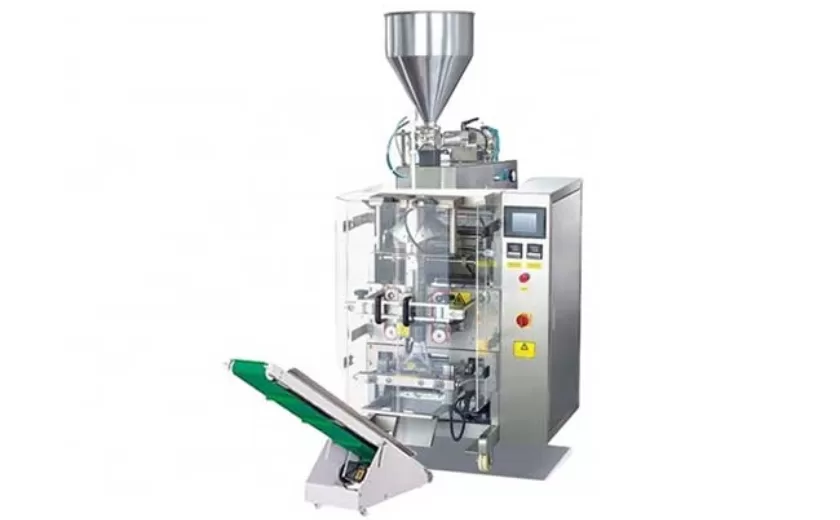
Advanced Packing Solutions: Snacks, Sugar, and Frozen Food Machines
29-10-2025 -
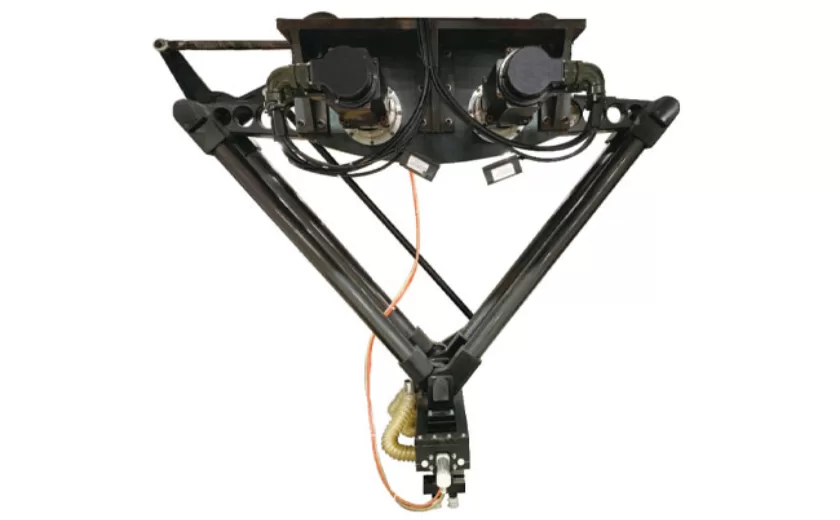
Efficient and Reliable Solutions for Salt, Nuts, and Frozen Dumplings Packing
29-10-2025 -
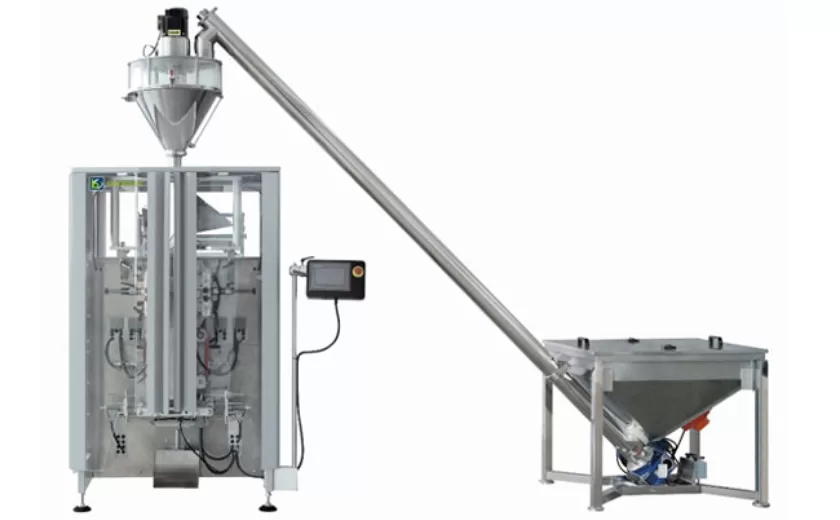
High-Performance Biscuits, Lollipop, and Ketchup Packing Machines for Modern Food Production
29-10-2025 -

Efficient Liquid Filling and Packing Machines for Modern Production
23-10-2025 -
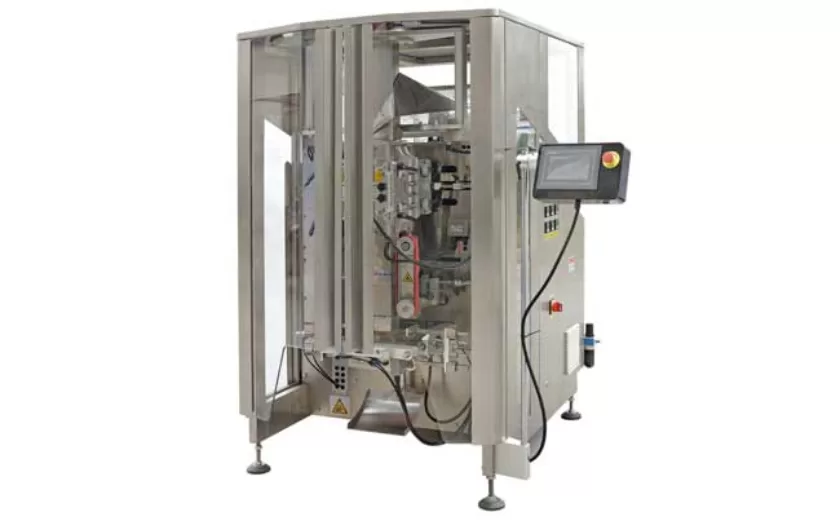
Reliable Granule Packaging Machines for Efficient Production
23-10-2025 -

Efficient Auger Powder Filling Machines for Accurate Packaging
23-10-2025 -

High-Performance Liquid Filling and Packing Machines for Hygienic Production
10-10-2025 -

High-Efficiency Granule Packaging Machines for Precision and Speed
10-10-2025 -

High-Precision Auger Type Powder Filling Machines for Efficient Packaging
10-10-2025 -
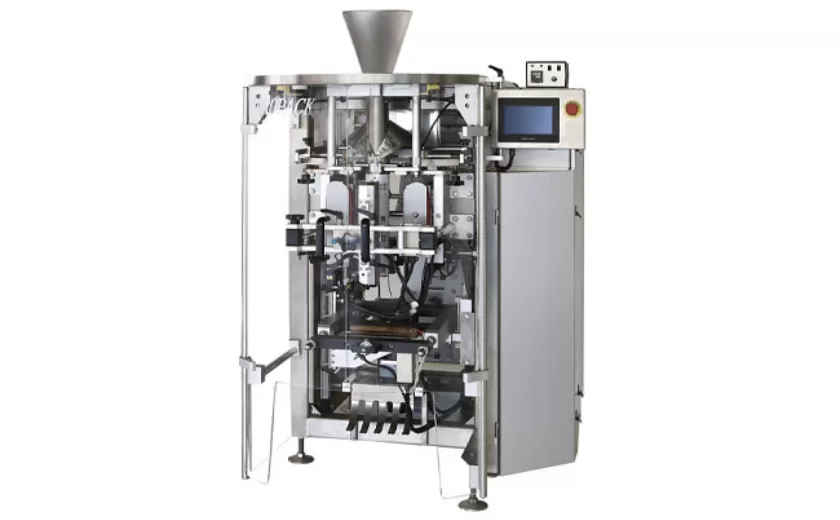
Efficient Vertical Form Fill Seal Packaging Machines for Smart Production
10-10-2025





